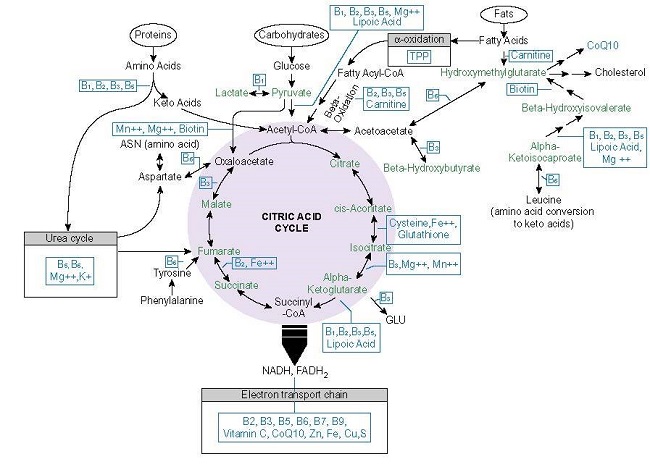I want to talk about 2 papers that highlight the role of mitochondria in what are likely the progression of symptoms assoc with #COVID19. Note these papers are not about #covid but highlight important pathways. 1/
1st paper - Intracellular ATP is req. 4 #mitochondrial #apoptotic pathways rat #cardiac #myocytes https://www.ncbi.nlm.nih.gov/pubmed/12909326 ">https://www.ncbi.nlm.nih.gov/pubmed/12... 2/
Key findings: apoptosis and necrosis are part of the same pathway, initiated by same mito sequences but are distinguished by time and severity, where the delimiting factor is available intracellular #ATP. 3/
Apoptosis appears early when #ATP is available, necrosis later when ATP is depleted.
apoptosis is energy dependent -- again executing a & #39;healthy& #39; death cycle requires energy - as does every cell function. So what happens when energy/ATP wanes? 4/
apoptosis is energy dependent -- again executing a & #39;healthy& #39; death cycle requires energy - as does every cell function. So what happens when energy/ATP wanes? 4/
#hypoxia >lactate > cell acidification > apoptosis -- so long as there was ATP. If insufficient ATP -- we get necrosis.
From mito to cell > switch to glycolysis >warburg effect > can be overcome (in culture at least) by increasing glucose. 5/
From mito to cell > switch to glycolysis >warburg effect > can be overcome (in culture at least) by increasing glucose. 5/
May be why others have found tight insulin management improves outcomes with ARDS -- brings more glucose into cell/mito rather than having it float around. 6/
So what happens when we get necrosis -- extracellular (EC) ATP plus EC mtDNA as signals for an all-hands-on-deck battle -- hyper inflammation -cytokine storm -- at least until everything crashes. 7/
Maintaining ATP is critical to manage the apoptosis and prevent necrosis and the ensuing shitstorm of inflammation. That is paper 1. 8/
Paper 2: Energy metabolic disorder is a major risk factor in severe #influenza #virus infection ... https://www.ncbi.nlm.nih.gov/pubmed/27566378 ">https://www.ncbi.nlm.nih.gov/pubmed/27... 9/
This paper illustrates how #multiorganfailure (MOF) is a nothing more than #energyfailure #atpfailure #mitochondrialfailure. The authors do a great job of charting the molecular cascades when mitochondria have insufficient resources to mount appropriate response. 10/
Of note, pyruvate dehydrogenase kinase (PDK) is upregulated in this process with the PDH pathway - what gets us from pyruvate to acetyl coA is downregulated. As one might expect blocking PDK with dichloroacetate kicks PDH and OXPHOS back up == more ATP, better O2 use. 11/
What else might do the same and effect change more permanently than blocking a degradation enzyme -- you guessed it - #thiamine (plus its cofactor mg). 12/
There is no need to use a drug to block an important pathway when we can modulate by providing the mitochondria requisite substrates. 13/
The study also found that they could upregulate fatty acid metab from the peroxisomes - beta oxidation using another requisite substrate -- carnitine. Two points. 1) Healthy cardio myocytes prefer fuel from fatty acids. So this path to ATP is critical for heart function. 14/
2) If we move a few steps up - to alpha oxidation -- we are back to thiamine. So if thiamine is insufficient, we won& #39;t get to beta oxidation/carnitine. That is not to say carnitine is not useful, it is and there a lot of fat metab disorders out there but -- 15/
If we want to improve mitochondrial ATP production we have to address #thiamine first and foremost.
What does all of this tell us about #COVID? 16/
What does all of this tell us about #COVID? 16/
Surviving requires functional, efficient mitochondria to meet the increased demand for ATP, to manage inflammatory response, to reduce hypoxia, lactate, and to the extent possible, stay with the apoptosis versus necrosis pathway. 17/
Please consider bolstering mito function early and consistently with this disease process.
Please RT this and other threads and tag docs who need to see this. It might just save a life.
Please RT this and other threads and tag docs who need to see this. It might just save a life.

 Read on Twitter
Read on Twitter


